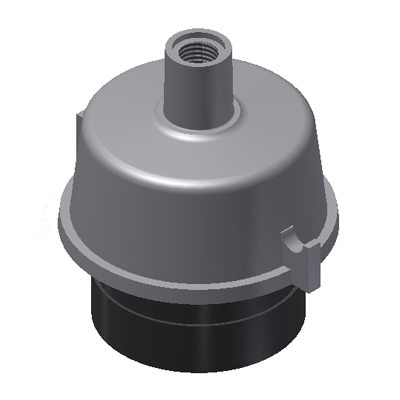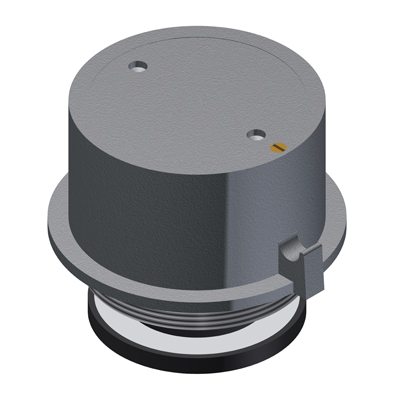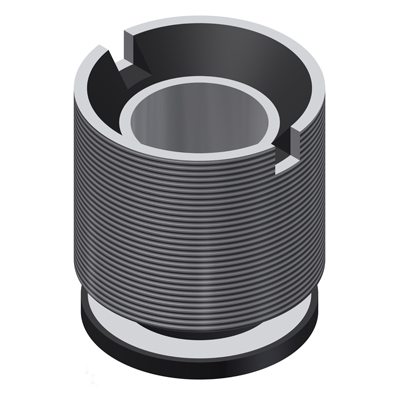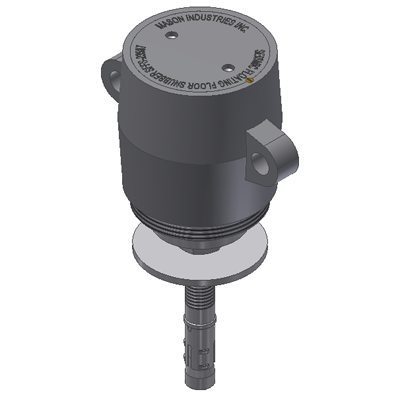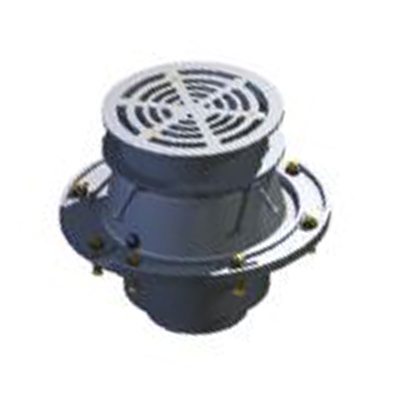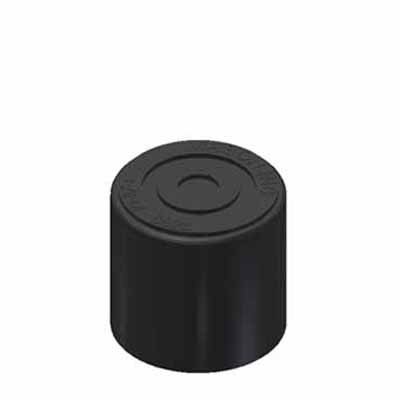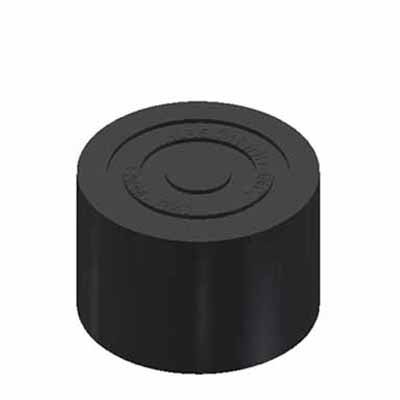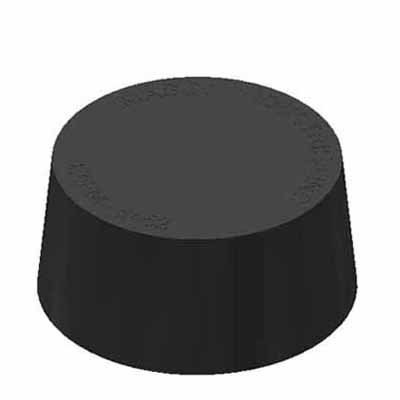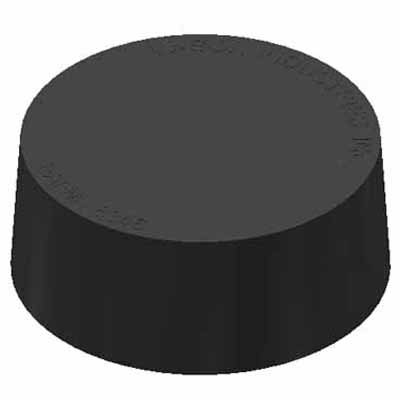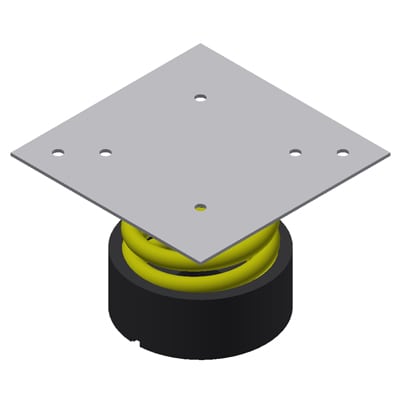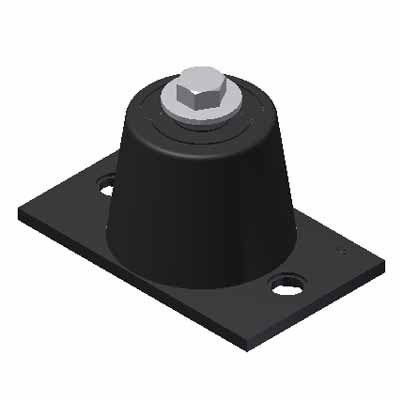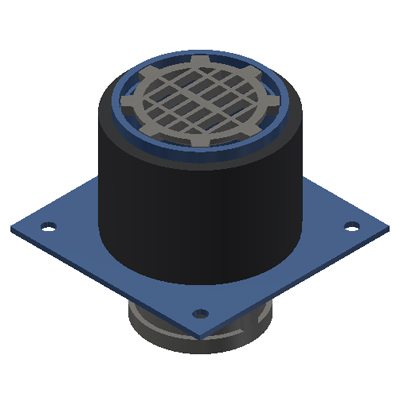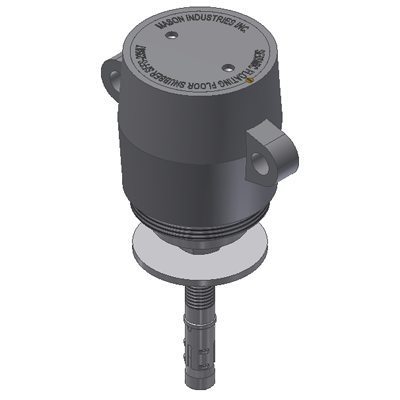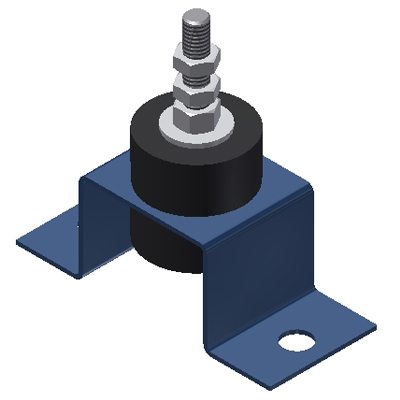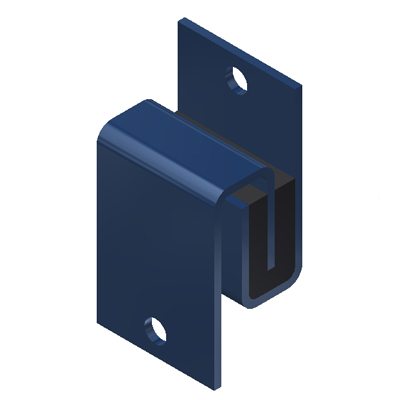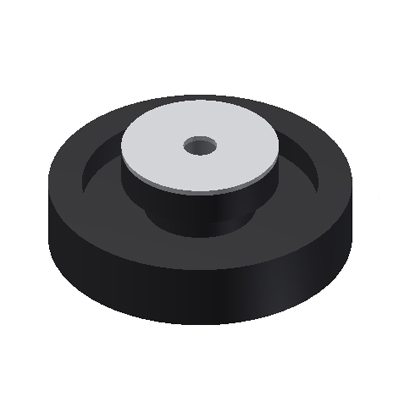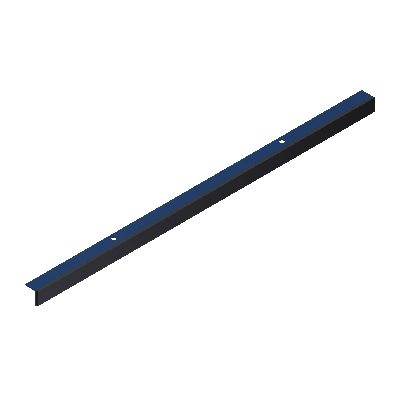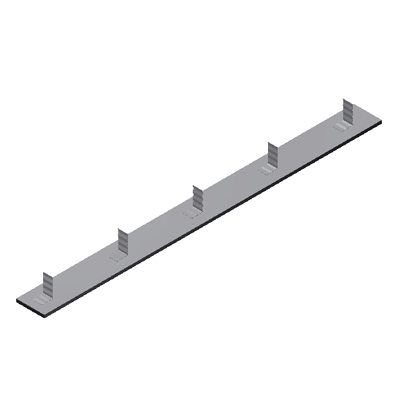Structure Borne
Floating Floors and Architectural Isolation
We offer a complete range of architectural vibration control engineering services and products including isolated walls, architectural ceiling hangers, jack-up floating floors and form work and wooden floating floors.
Isolated Walls
Jack-up Floating Floors
The most effective technique for establishing an air gap in a floor is to leverage the jack-up or lift-slab method. In this scenario, plastic sheeting is applied to a sub-floor as a breaker layer, isolators are mounted to the plastic sheeting and either mesh or reinforcing steel is placed on the isolator housings. At that point, the concrete floor is poured and allowed to cure. The slab is then lifted into place using adjustment bolts affixed to the isolators to create air gaps of between 1 and 4 inches.
Form-work and wooden floating-floors
In many cases, a wooden floating floor is a recommended vibration-control option in older buildings due to cost or weight restrictions. A properly-supported, lightweight wooden floor will reduce various types of noise and mitigate impact-related issues. While these floors offer only a minor reduction in airborne noise emissions, they improve sound and vibration performance across a wide range of building environments and applications.
Isolated Walls
Secondary walls are a base requirement when completing a building envelope, but they require careful consideration of both mass and air gaps. Isolated walls are typically self-supporting and lack the structural strength of a jack-up or wooden floating floor. For this reason, poured concrete or concrete block walls should have a similar density to the floor on which they sit. Block joints must be properly filled with mortar and walls should be painted to ensure near-airtight construction.
As a best practice, isolated walls are situated on a floating floor’s perimeter, allowing the floor isolation system to support the walls. An alternative is to using continuous LDS pads to support an isolated wall on the structural slab.
Let's talk about your project needs
We offer a full suite of vibration control products and engineering services.
Contact a member of the Octave3 team today to learn how our turnkey and agile service process is designed to address the full scope of your vibration-control requirements.
Octave3
(905) 844-5020 ext. 812

